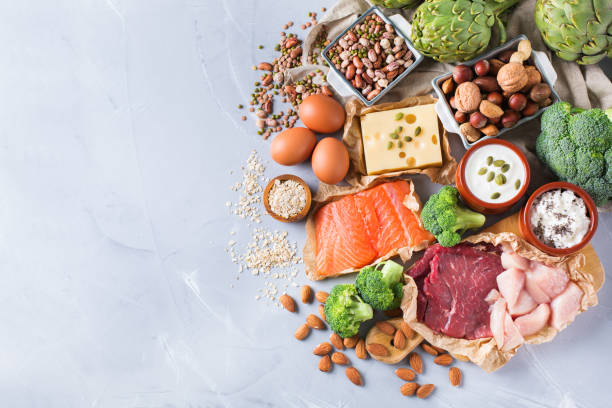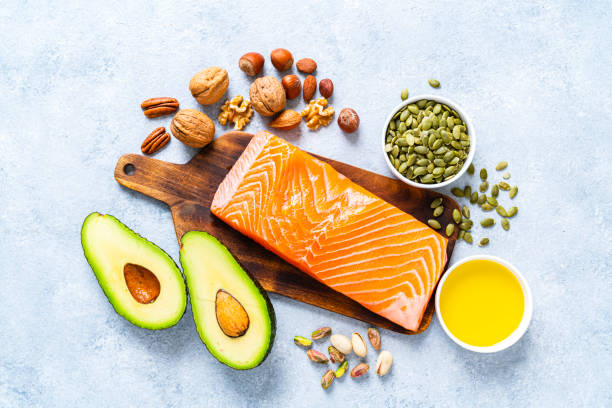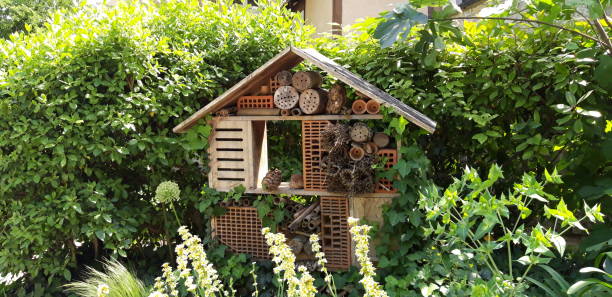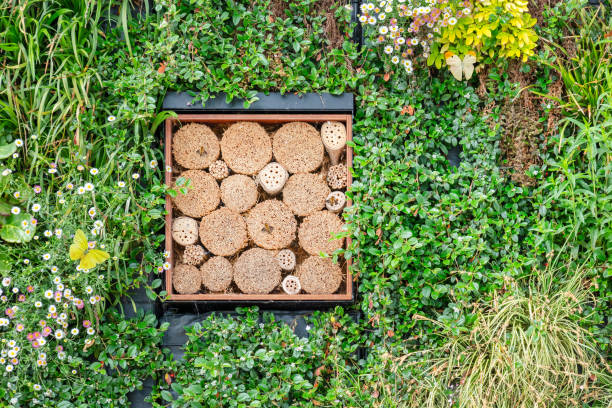Helpful tips for financing your own home. Because for the dream of your own house you can fall back on various financing options. Here we explain the difference between building savings and mortgage lending. We also give tips that you should definitely consider.
Finance your home
Owning your own home is the dream of many families. Because it is usually much nicer to live on your own four walls. But the topic of “house building” becomes more complicated when only one person in the household earns money. So that it still works to finance your own home, we have collected the most important tips for building savings and building financing for you.

How does building savings work?
A home loan and savings contract usually accompanies you throughout your life and can be concluded simply by visiting the bank branch. The phases of the contract, on the other hand, are staggered into different stages: the conclusion of the contract, the savings phase, the rest phase, and then the loan phase. This means that at the beginning you conclude a contract for a certain building savings sum. For example, 100,000 euros.
Depending on the contract, you must now save a certain minimum amount over a certain period of time in monthly installments or voluntary special payments during the savings phase. If you have reached the minimum savings amount and have waited a certain period of time, the savings will be paid out. In addition, the difference in the savings amount is paid as a loan. Consequently, this means for you that you save 50,000 euros, for example. You will then receive the remaining 50,000 euros as a loan. Finally, the loan is paid off in monthly installments over the following years.
Difference between home savings and mortgage lending
While building savings is a longer process, building finance is possible in different ways. You can either finance your own home with equity, your own contribution, or borrowed capital. In the latter case, a loan is usually taken out from the bank. A contract is then concluded in which the term, interest, and land charge are usually stipulated. After the loan approval, you get the money to finance your home relatively quickly. The loan amount is quite high and the term is also quite long. The loan is paid off monthly.
Tips for building savings
Depending on your individual needs and circumstances, either building society savings or mortgage lending may be an option for you. After you have decided, you should heed the following tips to make building savings a success:
1) Compare Bauspar providers
If you want to get a good contract, you should not rashly decide on a provider. Because there are numerous special options, special cases, and little things that can turn your home savings contract upside down. But usually, you only notice this afterward, when it is too late. Therefore, make sure you read the contract properly beforehand. Consequently, carry out a savings compared with a comparison calculator. There you can enter all the conditions you want from your contract. This will give you a good overview and avoid future problems.
2) Plan the savings phase well
You should also think carefully about whether you and your family can pay off the monthly installments. Because it is precisely in the savings phase that you face high costs. Especially if you don’t want to wait too long to build. Conveniently, there are more and more providers who have specialized in families with housewives and therefore non-profitable work. Building savings makes sense here in particular because the installments and interest rates are usually low. In addition, read how you can finance your home furnishings.
3) Choose a fixed interest rate
An important criterion for your home savings contract is a fixed interest rate. This means that the interest sum must not fluctuate over the years, but must always be fixed. Because then you can count on an amount that will not change anymore when planning and building the house later. It is also important that the loan interest rate at the time of conclusion is lower than the interest rates on the open market. And you buy that by receiving less credit interest on the money you save. This means that although you pay less interest, you also receive less in the end. So count on it beforehand. Also, note tips for saving electricity so that you have more money to save on construction.
4) Save taxes with little interest
Although a high-interest rate is tempting, think about the taxes. Because if you only receive a small amount of interest per year, you save on taxes. This is especially the case in the later years since your credit then usually exceeds the annual tax allowance. If you still have a high credit interest rate, this is reflected in increased taxes. Therefore, it is better to forgo high credit interest rates in favor of lower loan interest rates. Also, note tricks for saving taxes in the household.
5) Benefit from government funding

Surely you are wondering why you should sign a home savings contract when you can save an amount yourself every month? Unfortunately, the reality is a little different. Because the money saved shrinks from month to month until you end up saving nothing more. But it is different with a home savings contract. Because this literally forces you to save something, since you are contractually obliged to save a certain amount every month. Of course, you cannot make any deposits for a certain period of time. But then your dream of owning your own home becomes a thing of the past. For this reason, building savings makes sense. Incidentally, you can receive government grants if you are below a certain income limit. And this is mostly the case with housewives.
6) Increase savings goal
If you or your family are earning well, you can increase your savings goal. For example, from 100,000 to 150,000 euros. But be careful, because as soon as you increase the contract, it is blocked for at least one year. Then you cannot cancel it or change anything about it. In addition, note other tips for saving.












